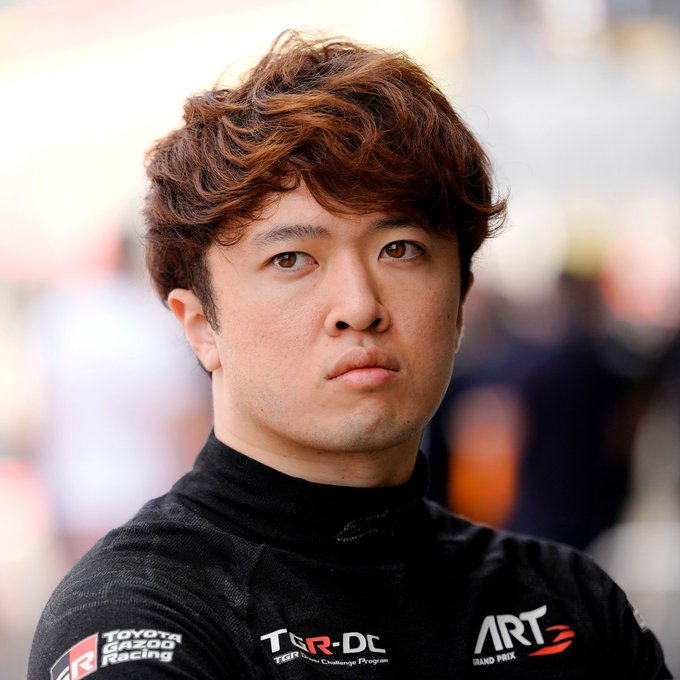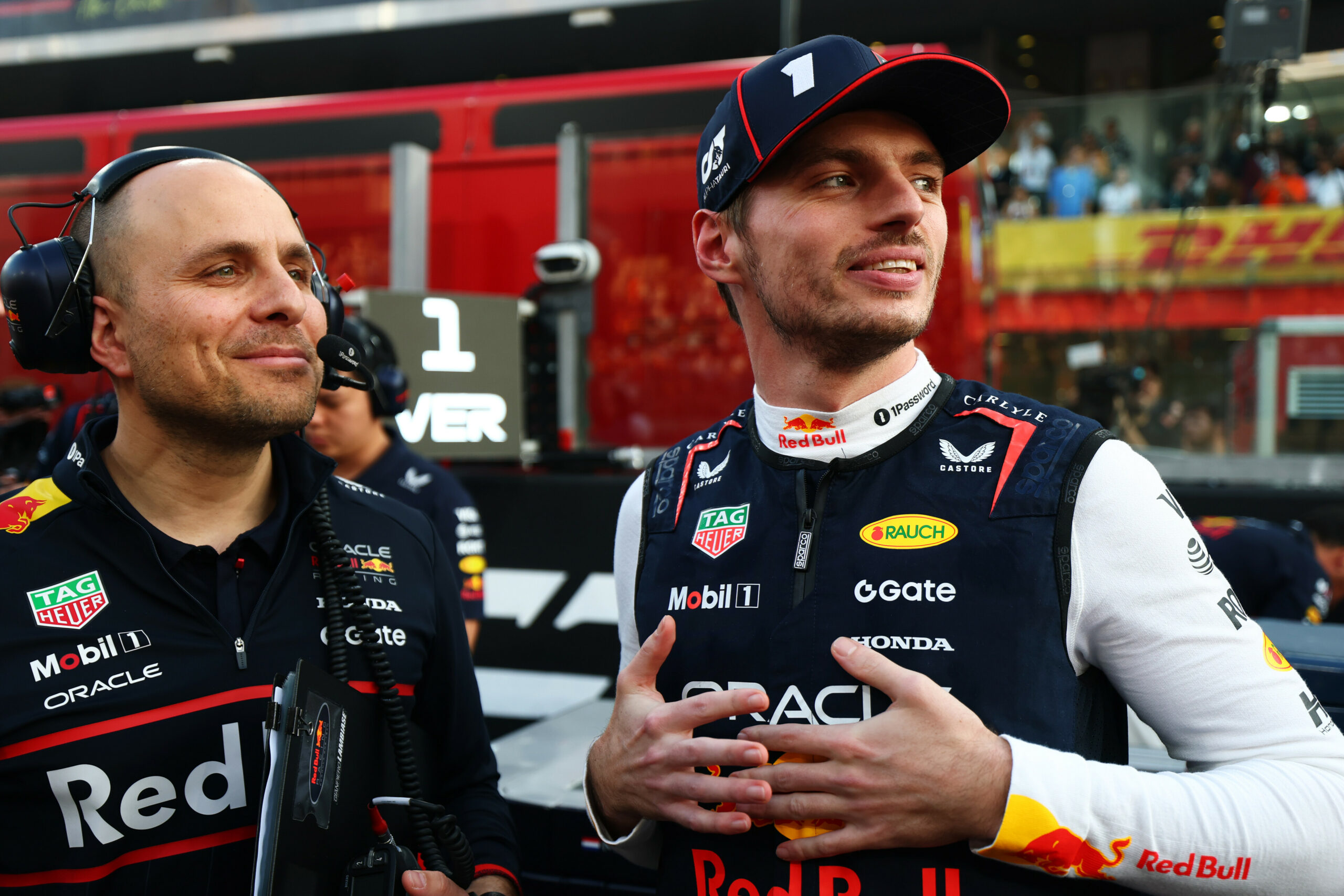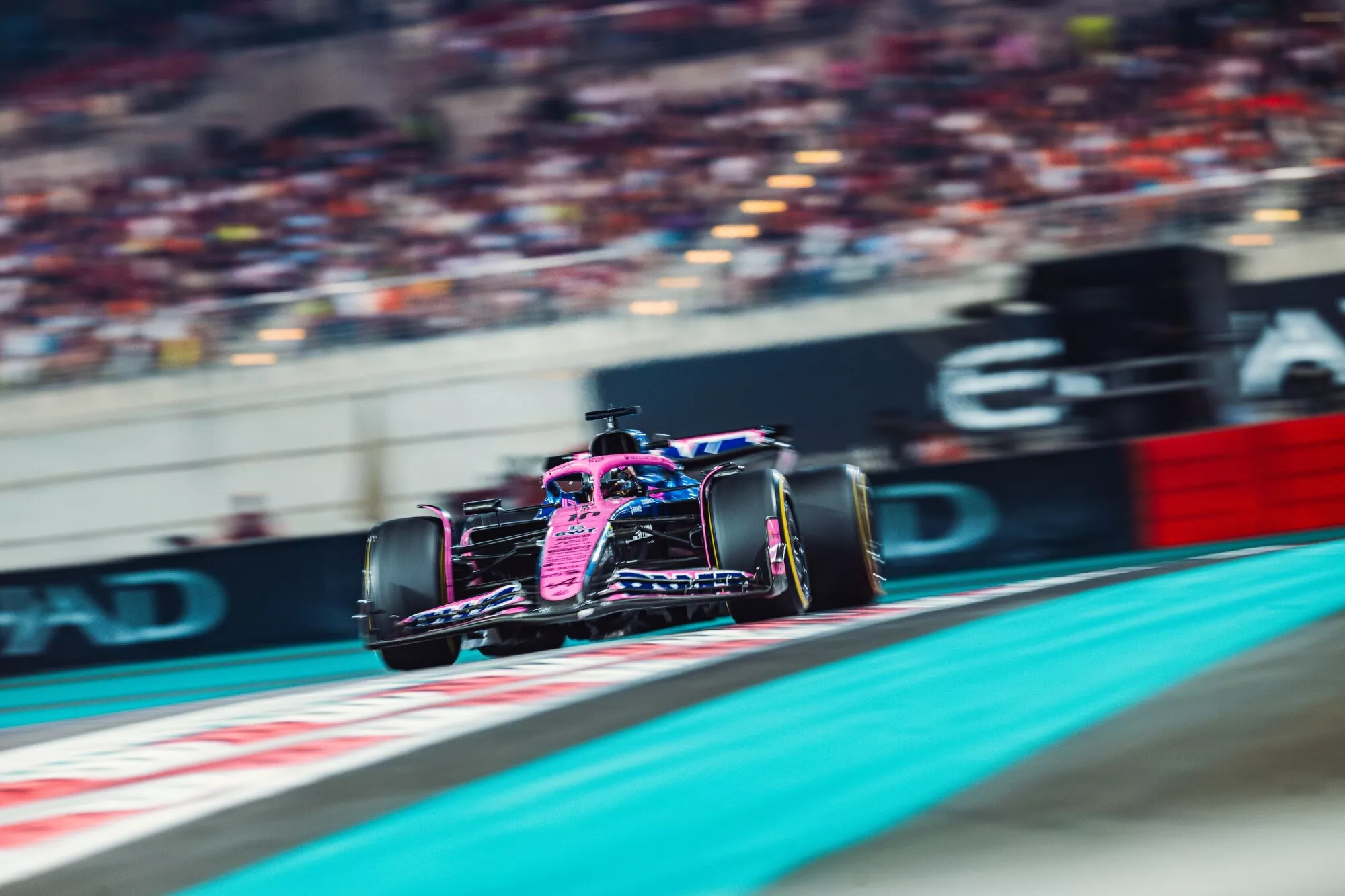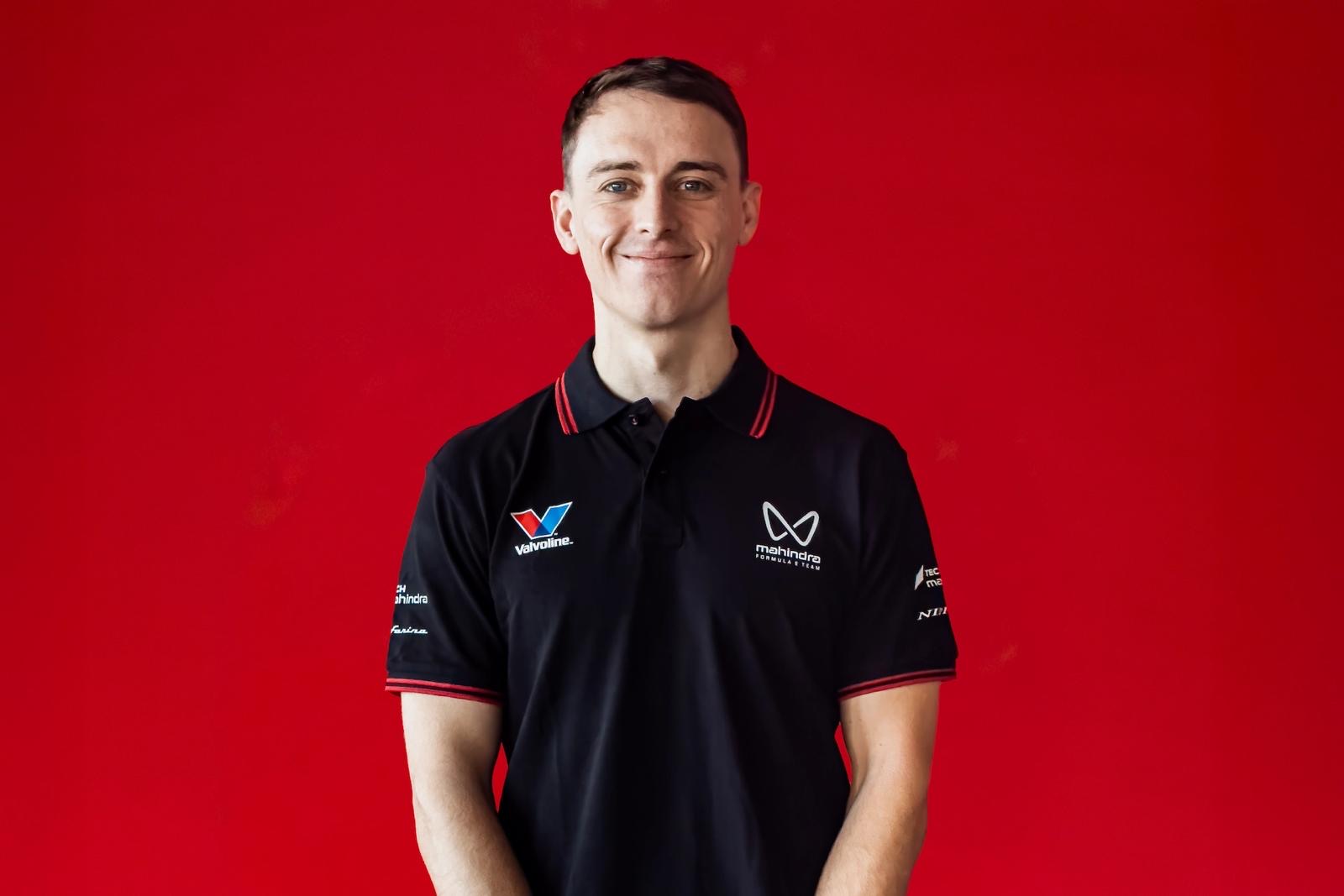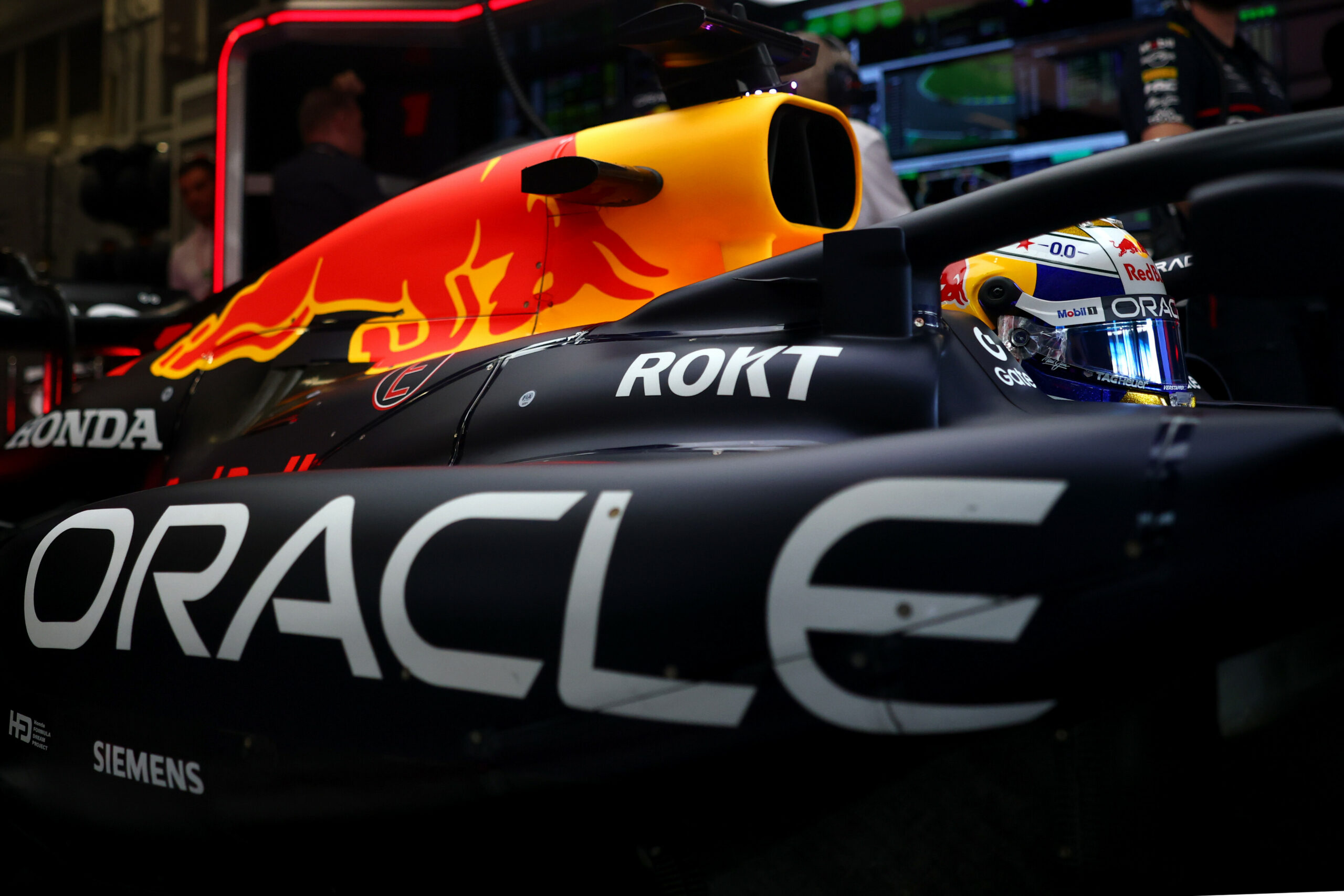ART Grand Prix’s Ritomo Miyata has been steadily building his presence in the 2025 F2 season, tackling circuits across Europe and beyond under a wide range of conditions. From wet, slippery surfaces that test braking and traction, to dry, high-speed layouts demanding aerodynamic precision, each track presents unique challenges. Preparation is crucial in 2025 F2, and Miyata, who joined ART Grand Prix for the season after a disappointing debut 2024 season with Rodin Motorsport, approaches every weekend with careful planning, combining simulator sessions, detailed debriefs with engineers, and observation of competitors’ lines and techniques. His approach balances technical understanding, physical conditioning, and mental focus.
Developing a driving style
From his earliest days in Japanese motorsport, Miyata developed a driving philosophy built on careful observation and coaching. He has carried these lessons into the 2025 F2 season, adjusting his technique to handle heavier, faster cars and more complex circuits.
When asked about his overall approach to corners and braking, he explained how his early coaching continues to influence him.
“My driving style is always trying to do as late a braking phase as possible. Especially after the racing driver coach I had in Japan once said to me that ‘Every corner flat out is impossible,’ so you have to try and make each braking point as late as possible to maximise where you can.”
Transitioning from karting to Formula 4 required Miyata to adapt to entirely new vehicle dynamics. He described how his technique evolved when he moved from lightweight karts to heavier, four-wheel brake systems in formula cars:
“When I stepped up to Formula 4 from go karting, it was a big difference. Karting, the way I drove it anyway, had front brakes. Formula cars have four brake discs, they’re heavier and bigger. Tyre warm-up is also important.”
He emphasised the importance of learning the nuances of weight transfer, braking pressure, and tyre temperature to maintain speed and consistency across each lap in the 2025 F2 machinery.
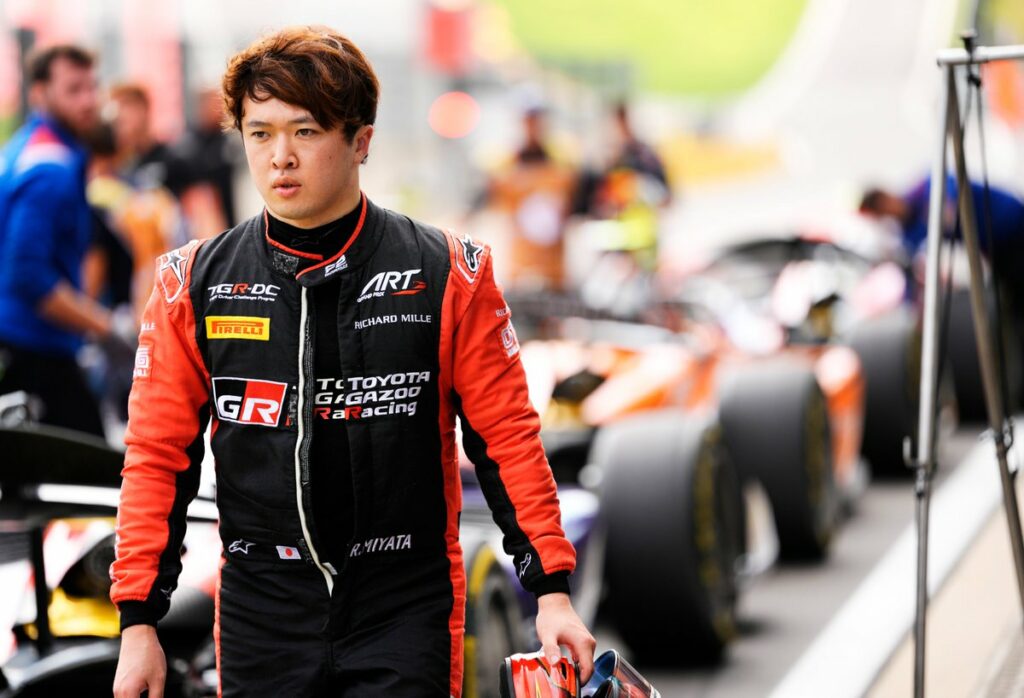
Early challenges in bigger cars
Miyata discussed the difficulties he faced when handling larger, more powerful cars at a young age in Japan, where drivers cannot obtain a car licence until 18. These early experiences required him to develop a strong sense of car control without prior experience in heavier road vehicles.
“It was difficult when I first stepped up, when I was younger, to understand how to drive the bigger cars. In Japan, you have to be 18 years old to get a car driving licence. So, when you’re racing younger, it’s difficult to understand how to drive a big car.”
When he moved to Europe to compete, he encountered additional technical challenges. New tracks, varying tyre compounds, and different aerodynamic packages required detailed attention during practice sessions.
“Coming over to Europe, there’s a lot of new details to learn. Firstly, the tyres. The F2 car also has downforce produced a bit differently, the wing shapes. But the driving feels quite different from what I’ve had before.”
These factors demanded careful study of telemetry, extensive time in the simulator, and methodical preparation to master each circuit’s braking zones, cornering lines, and high-speed sections.
Learning on the F2 Stage
Miyata described how the F2 calendar, which supports the F1 schedule, exposes drivers to a wide variety of tracks and conditions. This variety provides him with opportunities to gain experience on circuits previously unknown to him outside Japan.
“The F2 calendar follows the F1 calendar, which is good for a driver because you’re able to experience these tracks. In Japan, you have Suzuka only. So we know Suzuka, but the rest of the tracks we don’t know. So it’s good to know and learn these tracks that F1 visit as well.”
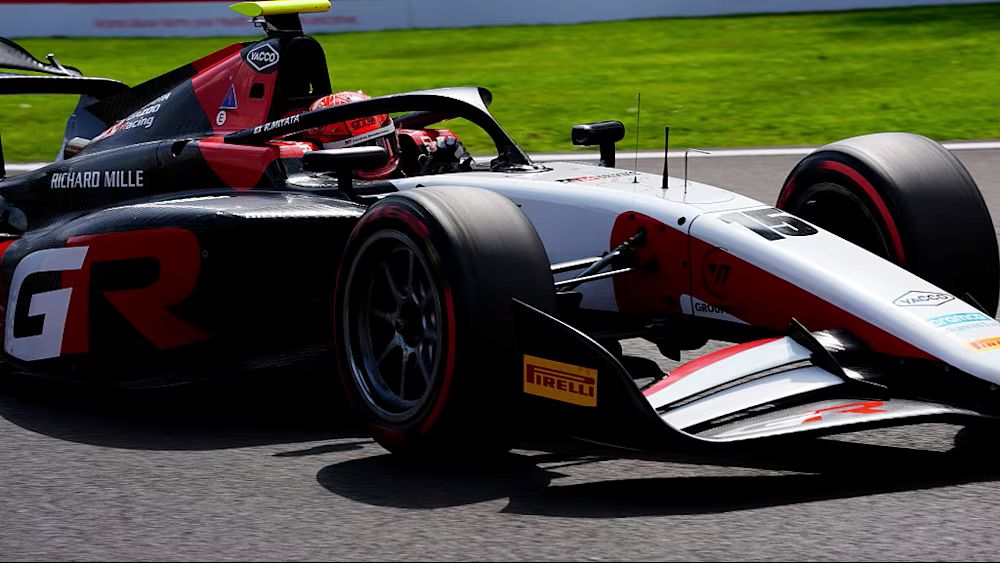
He also emphasised the value of working with the same tyre supplier as F1, explaining how understanding Pirelli tyre behaviour influences car preparation, warm-up routines, and lap execution.
“Then you have the same tyre supplier as in F1 too. So you get to know and learn the Pirelli tyre characteristics, warm up and everything you need to. In F2 you can learn a lot.”
Preference for balance
During setup discussions during the 2025 F2 season, Miyata often reminds his team of his preference for a balanced are or at least, one more prone to understeer than oversteer. He explained that his preference comes from his careful consideration of tyre longevity, car rotation, and overall balance across a race weekend.
“In terms of a balance, when I work with a new team they always ask if I prefer oversteer or understeer. Maybe I prefer a little bit more understeer, more towards neutral. But if I had to choose, I’d go with understeer. I don’t like sliding the rear and losing the tyre. Especially in F2, the rear tyres are important because a good rear tyre is needed for traction. My driving style can rotate the car even if it’s understeering but oversteer is a bit more difficult.”
Miyata also discussed his approach to smooth steering and controlled throttle application, particularly in qualifying and high-intensity sessions in the 2025 F2 season.
“I try to be as smooth as possible. I don’t want to have an aggressive style because even in Qualifying in Bahrain for example, we need to manage the tyres in order to push. If you do too much, you’ll overheat the tyre.”
When discussing his style relative to other drivers on the 2025 F2 grid, Miyata noted the differences in steering technique and tyre management, noting that more aggressive drivers typically preferred oversteer.
“Some drivers can be quite aggressive, they use the oversteer balance and use the steering angle to rotate the car, it’s hard on the front tyres. I prefer to have as little steering as possible.”
Remembering to enjoy the experience
Miyata reflected on the importance of enjoyment and perspective while competing in the 2025 F2 championship, emphasising that early experiences in motorsport shaped his approach to driving at higher levels. From the first time he climbed into a go-kart, he learned that the emotional aspect of racing is just as important as technical skill. The thrill of being behind the wheel, feeling the forces of acceleration, braking, and cornering, and the satisfaction of mastering a track for the first time all contributed to a mindset that values enjoyment alongside performance.
“I’d say the most important thing I’ve learned was actually the first time I drove a car, and that was to just enjoy it. When I drove in go-karting, or first time in F4, F2, whatever it was, you’ll always have a first time. So you have to enjoy it.”
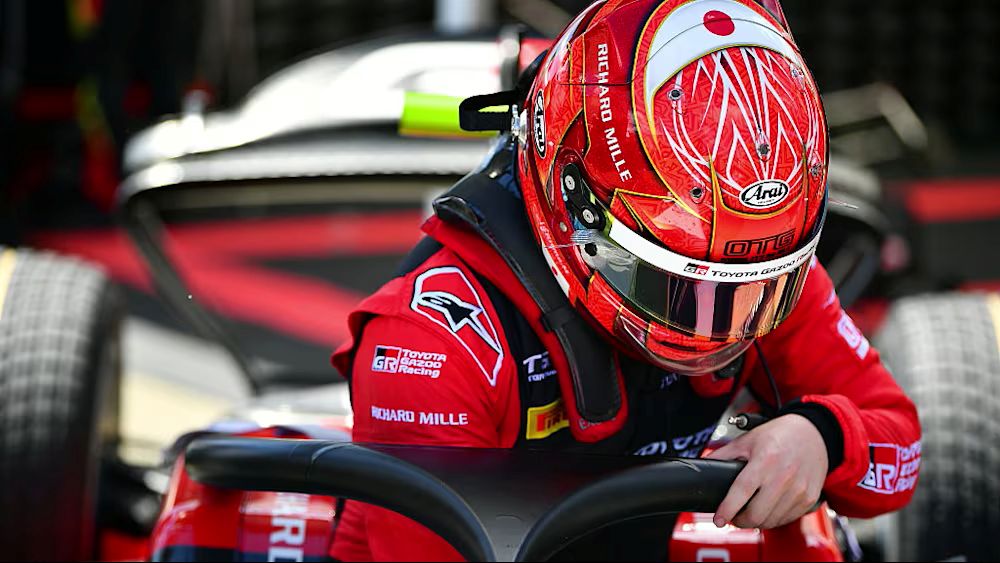
A big opportunity in January
For Miyata, this principle carried over into his professional career, including his experience in the 2025 F2 Championship and beyond. When he received the opportunity to drive a Formula 1 car in a TPC F1 test in January, he encountered a whole new level of complexity. He had to adapt quickly to the unfamiliar machinery, work closely with a team of engineers, and absorb detailed technical feedback about aerodynamics, brake balance, and tyre management. The environment was high-pressure, with every action scrutinised, yet Miyata focused on maintaining calm and enjoying the process.
“I got a TPC F1 test in January. It was a big opportunity, and I was very nervous because it’s an F1 car and I had a lot of people working with me. But I didn’t want to forget to enjoy it, because if you enjoy it, you’re more comfortable and more focused.”
He also acknowledged that mistakes are an inevitable part of learning, particularly when experiencing something for the first time. Accepting errors and remaining relaxed allows a driver to maintain focus, build confidence, and extract the maximum from both practice and race sessions.
“Everyone understands that if it’s your first time, you could make mistakes, so it’s normal and you can just relax a bit more and enjoy the experience.”
By combining enjoyment with preparation, observation, and technical understanding, Miyata demonstrates how mindset and attitude play a critical role in navigating the challenges of the 2025 F2 season and beyond.

